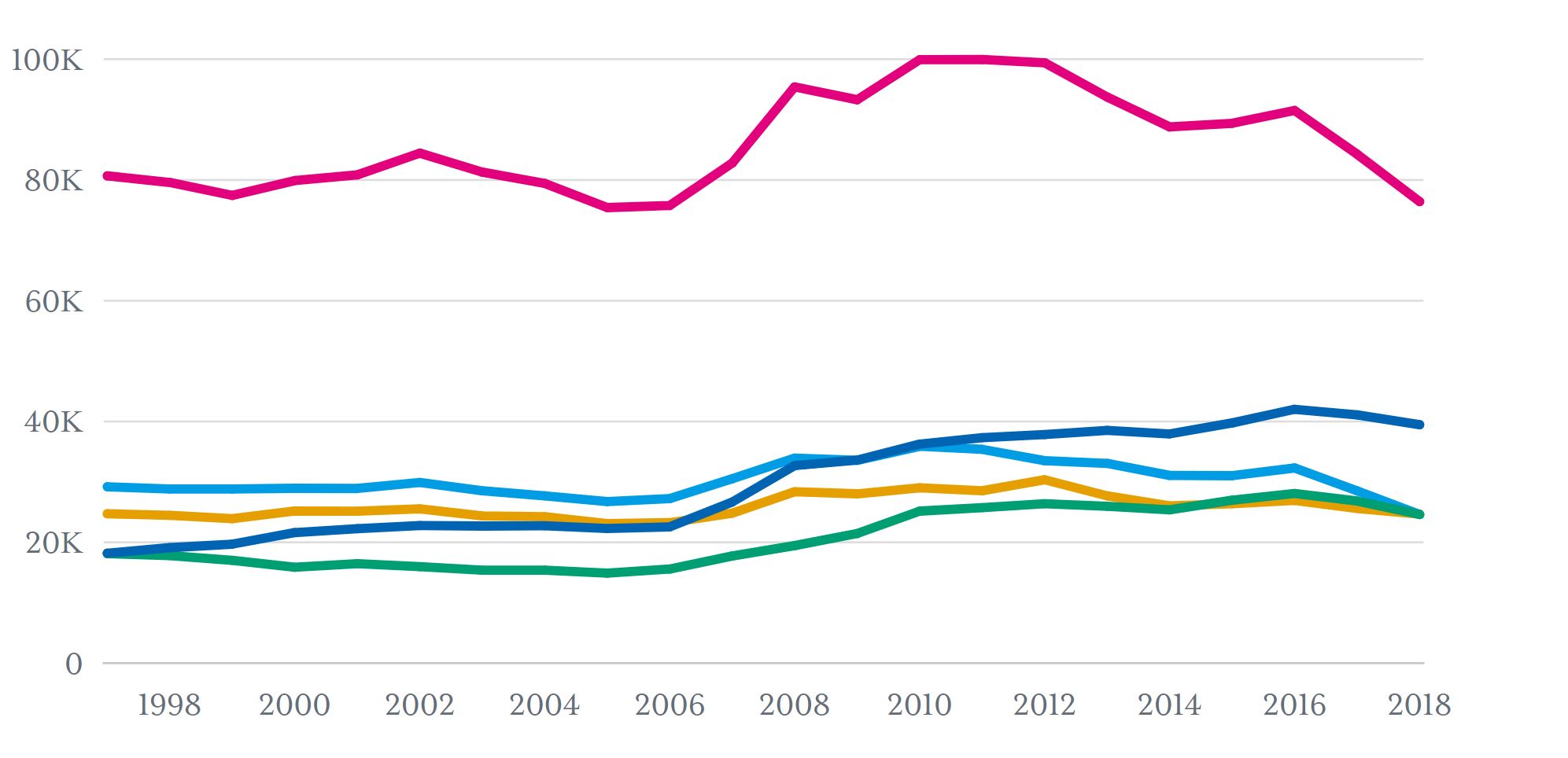Government
Ahead of Supreme Court hearing, here's a look at the data on LGBTQ workplace discrimination cases

The Second Amendment of the United States Constitution provides the right to bear arms, but gun owners must still abide by laws regulating that right. State laws can cover whether — and how — a person may carry their firearms in public, whether they may bring their guns across state lines, and the conditions under which their firearms may be confiscated by law enforcement due to public safety concerns. Prospective gun owners may also be affected by regulations regarding the newer category of “ghost guns.”
“Concealed carry” refers to laws permitting people to possess a firearm in public but out of public view. In 2021, 33 states, and Washington, DC allow people to carry a concealed firearm if they have a state permit. Seventeen states place no restriction on carrying a concealed firearm.
“Open carry,” in contrast, refers to bearing visible firearms in public places. In 2021, 42 states allow for open carry of some or all firearms. Three states — California, Florida, and Illinois —plus Washington, DC generally prohibit people from openly carrying firearms in public. New York and South Carolina prohibit openly carrying handguns but not long guns. Massachusetts, Minnesota, and New Jersey prohibit openly carrying long guns but not handguns. In the remaining states, people are allowed to openly carry firearms, although some states require permits or licenses.
There are no federal laws restricting people from transporting legally acquired firearms across state lines for lawful purposes — unless they are prohibited from owning guns. But crossing state lines with a firearm is difficult due to differences in state gun laws.
Each state decides whether it will recognize gun permits issued from other states. Some states have entered into reciprocity agreements to recognize concealed carry permits from other states. Others — such as California, New York, and Maryland — do not honor other states’ concealed carry permits, effectively banning handguns by non-residents.
Extreme risk protection order laws, sometimes known as “red-flag” laws, allow family members or police officers to petition state courts to order the temporary removal of a firearm from a person who may pose a danger to themself or others. Requests for extreme risk protection order often come from relatives or friends concerned about a loved one who owns a gun and has expressed suicidal thoughts or discussed shooting people.
As of May, 19 states and Washington, DC had some form of red-flag law.
“Ghost guns” are created with 3D printers or gun assembly kits rather than purchased fully assembled. These guns are often assembled using unfinished frames also known as receivers. Ghost guns don’t include serial numbers on their receivers, making the gun untraceable.
Although gun assembly kits have been sold since the 1990s, the market expanded in 2009. California Firearm dealers began offering unfinished receivers for AR-15 and AK-47 guns to circumvent the state’s assault weapons laws. In 2013, one of these firearms was linked to a Santa Monica College shooting in which six people, including the gunman, were killed.
Ghost guns are increasingly accessible as 3D-printing technology becomes cheaper and more accessible. On July 30, 2018, a federal judge temporarily blocked the release of controversial blueprints for 3D-printed guns, but issues related to ghost guns continue to wend their way through the courts.
Learn more about crime and justice in the US and get the facts in your inbox every week by signing up for our newsletter.
Government
Government
Government
Government
Newsletter
Keep up with the latest data and most popular content.


